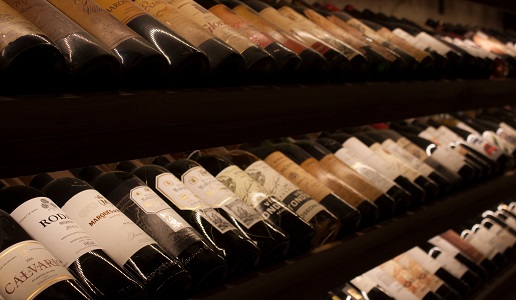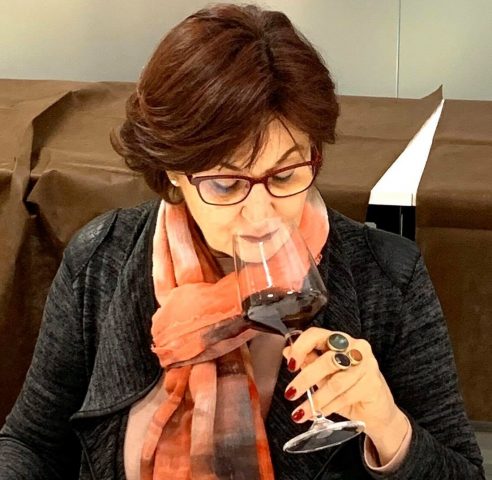How to recognize an investment wine?

Only about 1 percent of all the world's wine production has the characteristics to be considered collectible wine. With the help of Wine Profit, an innovative hybrid company that supports investors in diversifying their portfolios, let's see what elements make a wine an investment piece.
Investing in wine means, first and foremost, becoming a collector of fine bottles. Not all labels, however, have the characteristics to be considered investment grade, and only about 1 percent of global wine production passes the careful selection, which is made each year by international critics. Expert tasters taste the wines as soon as they are released on the market and, in some cases, the tasting is done even before the wine is bottled and marketed. This is the case with Bordeaux's famous En Primeur campaign, where critics are asked to evaluate new vintages while they are still in the maturation barrels.
But what are the characteristics that make a wine, a collectible or investment item?
- Critics' score of minimum 90 points out of 100
- Market demand higher than production
- Good chance of liquidation in terms of both price and timing
In assessing the quality of a wine, its taste characteristics are taken into account, which contribute to the assignment of a score on a scale from 0 to 100 to the wine, which must score at least 90 points to be considered investment grade. The score, in turn, influences the final selling price, and when a label receives the maximum score of 100/100, its price can even double, such as in the case of Sassicaia.
The main contributing factor in defining investment wine, however, is its demand in the market, which must exceed its production. In this way, bottles begin to be in particular demand, which allows for good liquidation possibilities in terms of both price and timing.
The authenticity and proper storage of a bottle are the essential starting point when buying a collection that you intend to monetize later, when it has reached its full potential. In fact, if one has not taken care and stored the bottle of wine to perfection, its value is usually almost nil.
In addition, some great investment wines are not produced from year to year, but only when the vintage is truly exceptional. Often the highest critics' scores correspond to great vintages, but in some cases they may reward for unexpected quality, wines produced in a vintage considered unfavorable.
"Climate trends are a major determinant of wine production and quality. In the coming years, climate change and drought will greatly affect crop scarcity and result in significant sensory and organoleptic changes. In 2022, for example, the production of en-primeur wines in Bordeaux was only 30 percent of the previous vintage. This means that, by necessity, the quantity of bottles produced will be smaller and the starting prices higher. In 7-9 years when the wines are ready to be sold - 2 years for bottling and 5-7 years as the duration of the investment - the availability of bottles will be even lower and prices, by purely commercial logic, will be higher and higher. This process does not only affect Bordeaux wines, but all of them, and that is why, companies like Wine Profit, will have to be increasingly good at choosing the best labels to make the most out of each investment," concludes Emanuel Paglicci, CEO of Wine Profit, an innovative hybrid reality, born in 2018 as a project within Moneysurfers and positioned somewhere between investment companies and wine merchants.

 Italiano
Italiano








